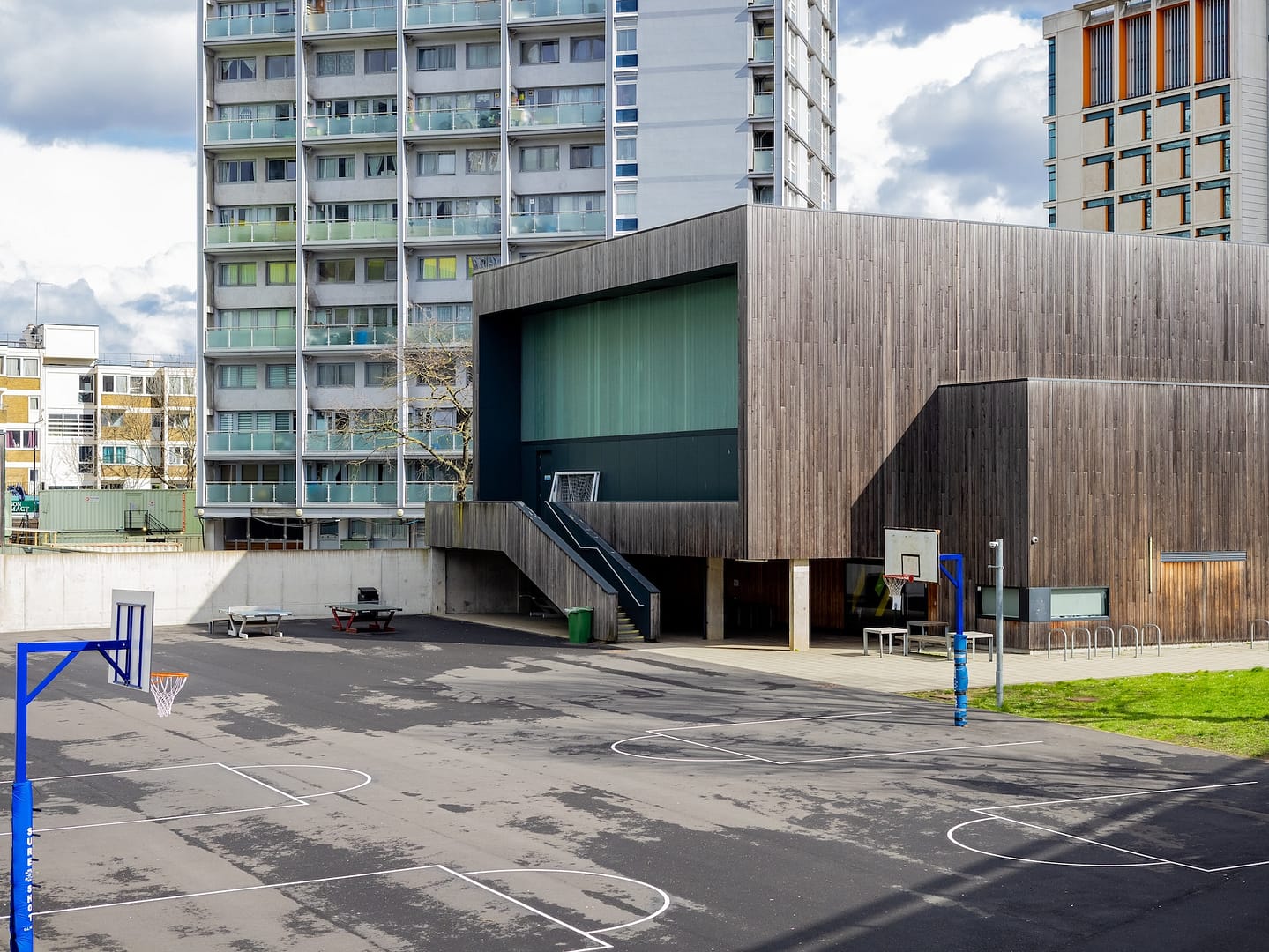In recent years, the United Kingdom has witnessed a noticeable surge in housing disrepair claims, leaving both tenants and local authorities grappling with an escalating crisis. This phenomenon raises a pivotal question: why is there an increase in housing disrepair claims in the UK? To understand this pressing issue, we need to delve into the factors that contribute to the rise in housing disrepair claims and the role of the Housing Health and Safety Rating System (HHSRS) in addressing these concerns.
Understanding the Housing Disrepair Crisis
The housing disrepair crisis is a matter of concern that has gained significant attention in the UK. Numerous tenants have reported issues ranging from leaky roofs and faulty plumbing to dampness and structural defects within their rented accommodations. These concerns not only affect the comfort and well-being of the occupants but also raise questions about the responsibilities of landlords and local authorities in ensuring habitable living conditions.
The Role of Local Authorities
Local authorities play a vital role in addressing housing disrepair claims. They are tasked with enforcing regulations that safeguard tenants’ rights to decent living conditions. However, the increased number of claims suggests a growing inability to effectively address these concerns. This crisis places additional strain on local authorities that are already grappling with limited resources and administrative hurdles.
Financial Strain on Tenants
The surge in housing disrepair claims has been driven, in part, by the financial strain it places on tenants. Many individuals and families within the UK are facing economic challenges, making it difficult for them to afford suitable housing. As a result, they may opt for accommodations that are subpar in terms of maintenance, inadvertently exacerbating the issue of housing disrepair.
Impact on Health and Well-being
Housing disrepair goes beyond the realm of inconvenience; it has significant implications for the health and well-being of occupants. Damp and moldy environments can lead to respiratory issues, exacerbate allergies, and contribute to overall discomfort. These adverse living conditions can have a particularly severe impact on vulnerable populations, such as children, the elderly, and individuals with pre-existing health conditions.
Unpacking the Housing Health and Safety Rating System (HHSRS)
The Housing Health and Safety Rating System (HHSRS) serves as a crucial tool in addressing housing disrepair concerns and ensuring that rental properties meet certain health and safety standards. Enacted under the Housing Act 2004, the HHSRS provides a framework for assessing potential risks within residential properties. It covers a wide range of hazards, including dampness, electrical issues, and structural defects.
How the HHSRS Works
The HHSRS operates on a risk-based assessment model. It evaluates potential hazards within a property and assigns a numerical score to each hazard based on its severity and potential impact on occupants. These scores help determine whether a property is considered hazardous and in need of remedial action.
Challenges in Implementation
While the HHSRS aims to address housing disrepair concerns, its implementation has faced challenges. The system relies on local authorities to carry out inspections and enforce necessary improvements. However, the surge in housing disrepair claims has stretched the resources of local authorities, leading to delays in addressing the reported issues. This delay can contribute to tenants’ frustrations and their decisions to pursue legal action.
Balancing Landlord and Tenant Responsibilities
The HHSRS raises questions about the division of responsibilities between landlords and tenants. Landlords are legally obligated to maintain their properties to a certain standard, while tenants are expected to report issues promptly. However, the lack of clear communication between parties and the financial constraints faced by tenants can complicate this dynamic, leading to unresolved housing disrepair concerns.
Making a Housing Disrepair Claim
Making a housing disrepair claim involves tenants taking action to address the subpar conditions of their rented accommodations. This process often requires tenants to engage with their landlords and, in some cases, with local authorities. The rise in housing disrepair claims reflects tenants’ growing awareness of their rights and their determination to ensure that their living conditions meet acceptable standards.
Steps in Making a Claim
Documentation: Tenants must document the disrepair issues they are facing, including photographs, videos, and written descriptions. This evidence is crucial when presenting a claim.
Landlord Communication
Tenants should formally notify their landlords of the issues and request repairs. Communication can occur through written letters, emails, or even text messages.
Local Authority Involvement
If landlords fail to address the issues, tenants can involve local authorities. Local authorities have a responsibility to investigate potential hazards and enforce necessary improvements.
Legal Action
Tenants may resort to legal action to compel their landlords to carry out repairs. Getting in touch with us at National Claims is vital when making a housing disrepair claim. We will help you through every step of your claim and guide you through the claims process.

Conclusion: Navigating the Path Forward
The surge in housing disrepair claims in the UK sheds light on a multifaceted issue that impacts tenants, local authorities, and the broader community. The challenges faced by local authorities in addressing these concerns, coupled with the financial strain on tenants, have contributed to the current crisis. The Housing Health and Safety Rating System (HHSRS) plays a vital role in addressing housing disrepair, but its effectiveness depends on proper implementation and collaboration between stakeholders.
Moving forward, a holistic approach is essential to tackling the housing disrepair crisis. This includes fostering clearer lines of communication between landlords and tenants, ensuring that local authorities have the necessary resources to address claims promptly, and exploring innovative solutions to provide affordable and habitable housing options.
As the UK continues to grapple with this issue, it’s imperative to recognize that housing disrepair is not merely a legal or administrative matter; it’s a challenge that impacts the lives and well-being of individuals and families. By addressing the root causes of the surge in housing disrepair claims and working collectively to implement effective solutions, the UK can pave the way toward a future where safe and comfortable housing is a reality for all.
Contact us to find out more about how we deal with housing disrepair and start your claim with one of our claims specialists today.
Click below to see why we are one of the most trusted claims management companies in the UK.





